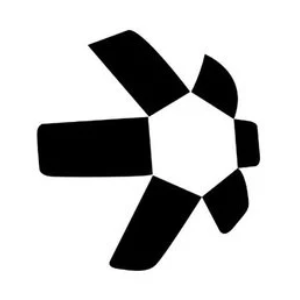
Quant
Quant Price Converter
Quant Information
Quant Markets
Quant Supported Platforms
| EQNT | ERC20 | NRG | 0x462B35452E552A66B519EcF70aEdb1835d434965 | 2021-03-08 |
| QNT | ERC20 | ETH | 0x4a220e6096b25eadb88358cb44068a3248254675 | 2018-06-25 |
About Quant
Quant is a cryptocurrency project that launched in June 2018 with the goal of connecting blockchains and networks on a global scale without sacrificing efficiency. To achieve this, Quant has developed the Overledger Network, which it describes as the first blockchain operating system. The Overledger Network is designed to allow applications to operate on multiple blockchains, providing a bridge between them and allowing them to interoperate. This is accomplished through the use of APIs, which allow different blockchains to communicate and exchange data with one another.
One of the key features of the Overledger Network is its ability to support the development and deployment of decentralized applications (dApps). These dApps, also known as MApps (multi-chain applications), can be built by developers and used by their users on top of the Overledger Network. This allows developers to create applications that can function on multiple blockchains, rather than being limited to just one.
In terms of its technical implementation, Quant uses a hybrid consensus mechanism that combines proof-of-stake (PoS) with a unique variant of proof-of-work (PoW) called proof-of-activity (PoA). This hybrid approach is intended to provide the benefits of both PoS and PoW while minimizing their respective drawbacks.
Overall, Quant aims to provide a decentralized, open-source platform that can support the development and deployment of dApps across multiple blockchains, enabling greater interoperability and connectivity within the broader cryptocurrency ecosystem.
Quant says its technology is the brainchild of its cofounder Gilbert Verdian, who while serving at HM Treasury in the UK Government in 2009, and later as Chief Information Security Officer for a Department of Health in Australia “realised the full potential of DLTs [distributed ledger technologies].”
The platform was also cofounded by Dr Paolo Tasca, an entrepreneur and digital economist specialized in distributed systems. Dr. Tasca has served as a special advisor on blockchain technology at the United Nations and worked with central banks throughout the world.